The Belgian flag is emblematic of the nation’s pursuit of sovereignty and democratic freedom.
The flag encapsulates Belgium’s enduring values and distinct identity. Its colors, taken from the coat of arms of the Duchy of Brabant, convey the deep historical roots and resilience that have shaped the nation.
Belgium Flag
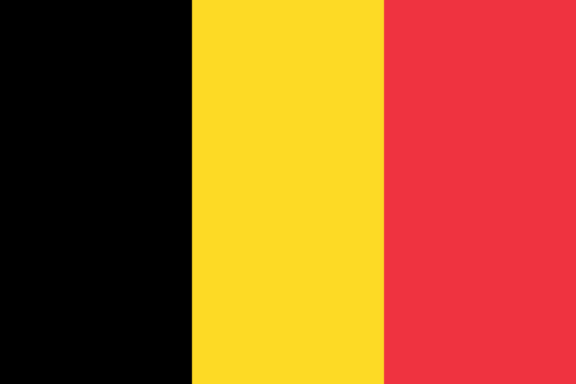
Belgium’s flag brandishes three vertical bands colored: black, yellow, and red. Recognized worldwide, the design embodies the nation’s revolutionary zest and echoes the historical coat of arms of the Duchy of Brabant. This tricolor is a universal symbol of Belgium’s enduring legacy and the unity of its people.
Belgium Flag: Color Palette
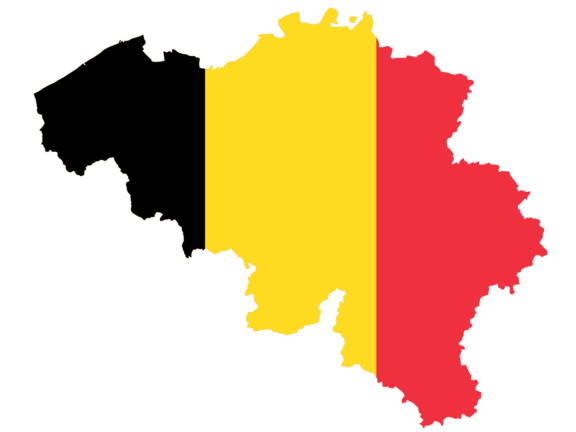
Belgium Flag Emoji: 🇧🇪
The color palette of the Belgian flag is a trio of striking hues, each with its own story and significance. The selection of black, yellow, and red is a visual anchor for the nation’s character, setting the stage for a deeper exploration of each color’s narrative.
Meaning of Each Color
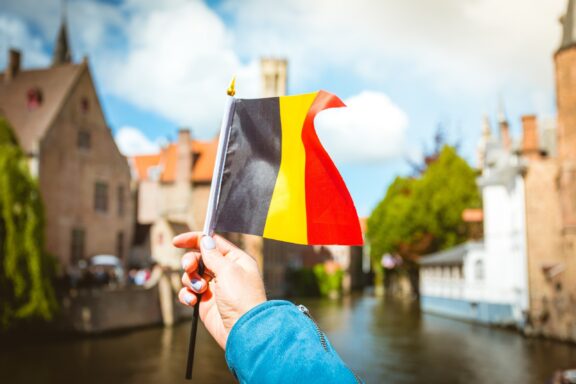
Black
This robust color reflects the emblematic lion of the Duchy of Brabant, a significant historical entity in Belgium’s rich past. It stands for the resilience and enduring strength of the Belgian people, particularly during their struggle for sovereignty.
Yellow
The yellow color resonates with the lion found in the Brabant coat of arms, symbolizing a period of flourishing prosperity, hope, and Belgium’s notable contributions to the arts and sciences.
The yellow is a tribute to the nation’s cultural wealth and the inventive energy that has propelled Belgium to prominence internationally.
Red
The red hue draws inspiration from the lion’s traditional heraldic colors, embodying the valor and the revolutionary zeal that fueled Belgium’s quest for independence.
Red serves as a poignant reminder of the sacrifices made by the forebears and the persistent courage foundational to the Belgian essence.
Belgium Coat of Arms
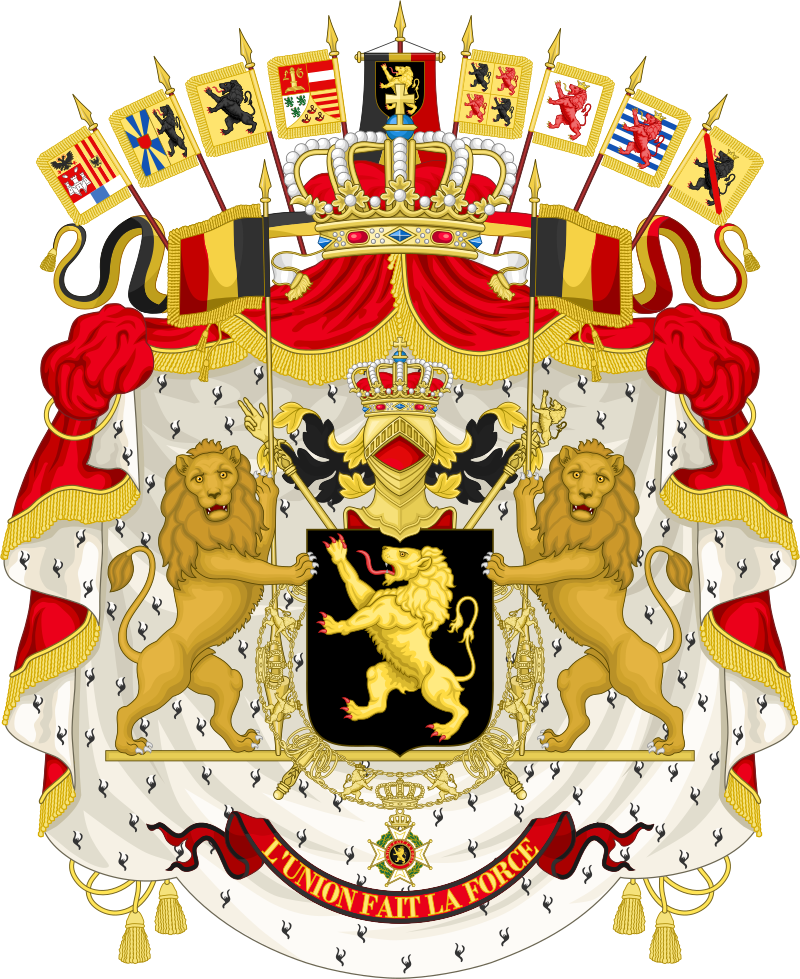
The Belgian Coat of Arms features a shield with a black lion against a gold background, with red claws and tongue, topped by a royal crown. Lion supporters on either side symbolize courage, standing on a banner with the national motto, “Unity makes strength,” in three languages.
The grand collar of the Order of Leopold encircles the shield, denoting honor. The entire emblem is set against a red mantle with ermine lining, signifying the royal family, and is crowned with the royal crown, reflecting Belgium’s constitutional monarchy.
Historical Evolution and the Meaning Behind Changes

The Belgian flag, adopted in 1831 following the country’s independence, has maintained its black, yellow, and red color scheme since its inception. Originally horizontal, the stripes were rearranged vertically to distinguish it from the Netherlands’ flag, symbolizing a new direction for the nation.
Over time, these colors drawn from the coat of arms of the Duchy of Brabant have deepened in significance. They were first used during the Belgian Revolution in 1830.
The change to a vertical tricolor soon after independence marked a clear break from past associations and aligned with other contemporary European flags.
As Belgium faced the ravages of two World Wars, the black band grew to symbolize the strength and mourning of a nation, while yellow and red came to celebrate its regenerative spirit and revolutionary heritage.
Today, these colors are not just a nod to history but a banner under which Belgium’s unity and diversity proudly stand.
Overall Symbolic Meaning of the Flag
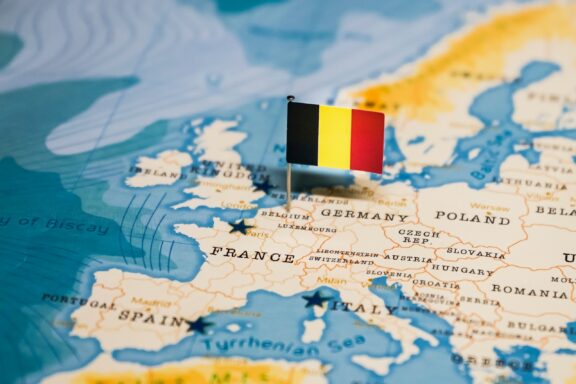
The Belgian flag symbolizes the nation’s tenacity and accord, embodying a history of bravery and a collective commitment to progress. It stands as a testament to Belgium’s complex past and its aspirations for a harmonious and thriving future.
Overall, the flag is an emblem that offers a visual narrative of resilience, weaving together the strands of Belgium’s diverse identity and collective journey.
Similar Flags to the Flag of Belgium
Exploring the tapestry of world flags reveals a handful of banners that echo the design and colors of Belgium’s flag; here are the top examples that bear a resemblance:
Germany

Germany’s flag features black, red, and gold horizontal bands. The similarity to Belgium’s flag lies in the use of black and a gold/yellow hue, both adopting a tricolor but with different orientations and cultural contexts.
Chad
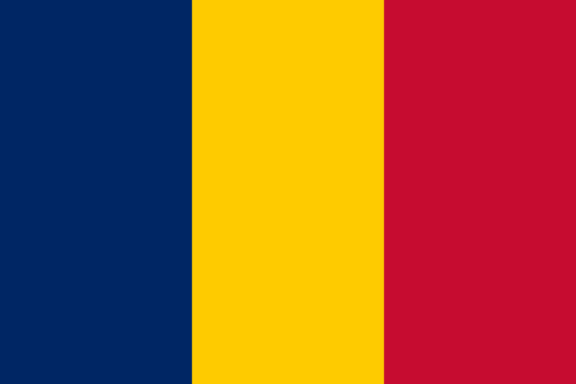
Chad’s flag has vertical blue, yellow, and red stripes. It shares bold primary colors with Belgium’s flag, albeit in a different pattern, reflecting a visually similar palette influenced by their European colonial histories.
Angola
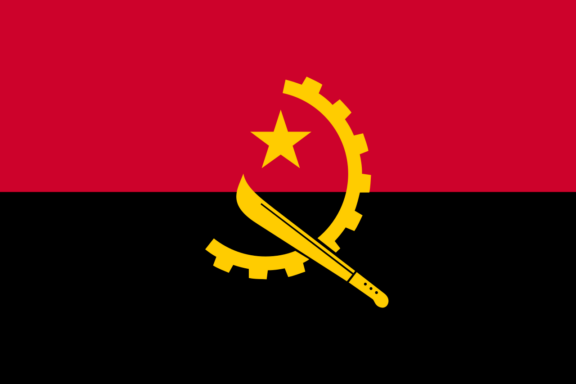
Angola displays red and black with a yellow emblem. The commonality with Belgium’s flag is red and yellow, although Angola incorporates unique national symbols, differentiating its meaning and orientation.
In Angola’s flag, the red and black represent freedom and the African continent, respectively, sharing a common theme of revolution and resilience that echoes in Belgium’s flag.
Conclusion
The flag of Belgium stands as a vivid emblem of the nation’s enduring values and distinctive identity. With its place firmly established among the global mosaic of flags, it is not just a national symbol but a source of pride for Belgians, embodying their collective narrative and the country’s sovereign character.
Image Sources and Copyright Information
- Hand Holding Belgian Flag in Front of Belfry Tower: © LALS STOCK/Shutterstock
- Belgium Flag Pin on Map: © hyotographics@Shutterstock